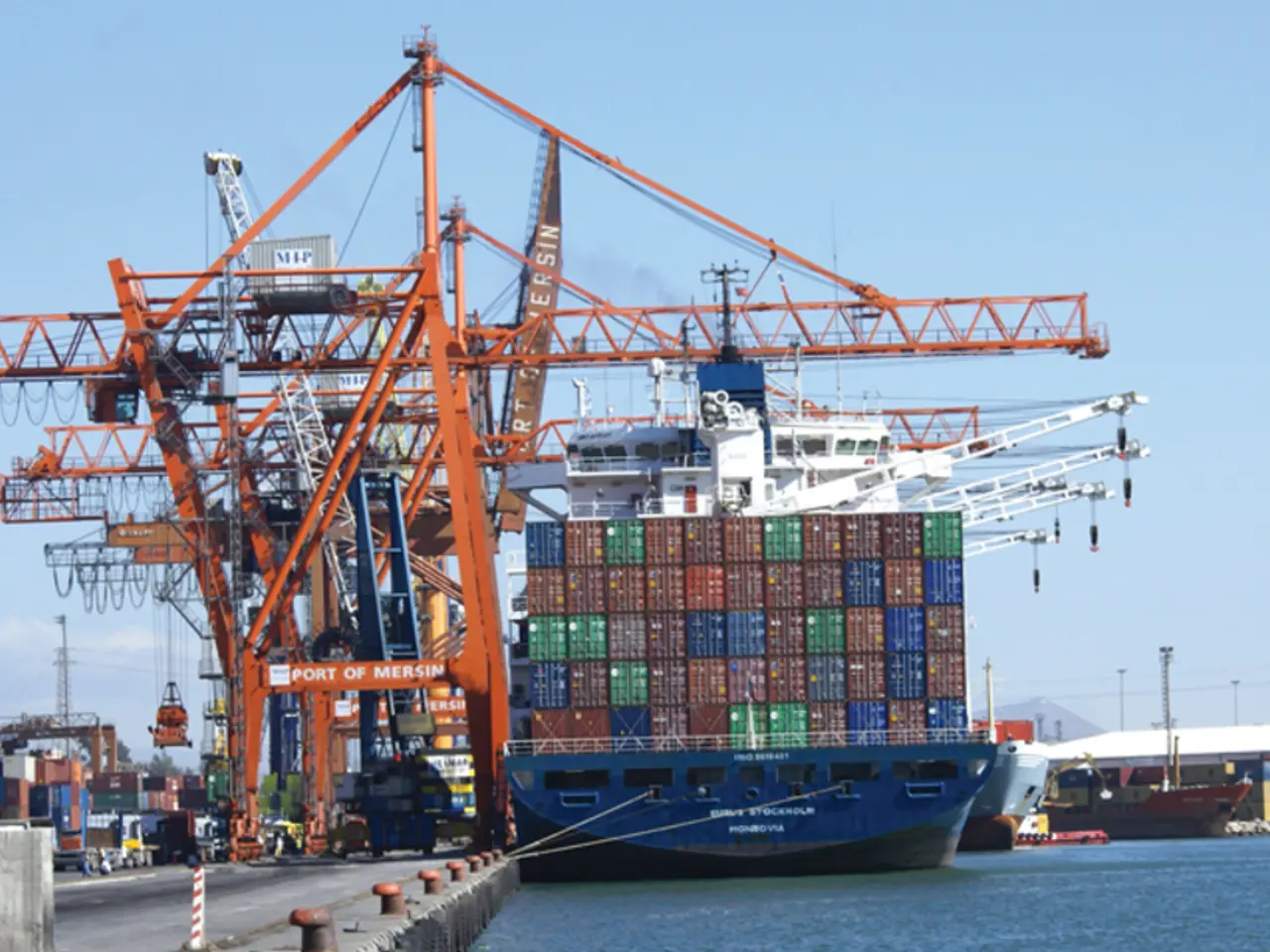Expanding Exports for China's Market Demand
In the dynamic world of automotive exports, China is making a significant impact. Two key ports, Tianjin and Guangzhou, are spearheading this growth, with each expecting a surge in vehicle shipments this year.
Tianjin Port Ro-Ro Terminal, already handling around 60,000 exports last year, anticipates an increase of nearly 8% for 2013. The terminal, which has been the hub for automakers like Great Wall, is also developing an integrated logistics service platform, including a carport and a new yard. To further boost its capabilities, Tianjin Port Ro-Ro Terminal is constructing a multi-level car park, a project expected to take about two years.
Meanwhile, Guangzhou Port Nansha Automotive Terminal is gearing up to commence operations in the second quarter of this year. Paulus Lee, marketing manager of the terminal, expects to export 15,000 vehicles from Guangzhou to Pakistan in 2013.
The growth in automotive exports from China is driven by the need for Chinese Original Equipment Manufacturers (OEMs) to have a robust logistics infrastructure in place to support exports, especially as higher wages on the east coast have led companies to build plants further inland. However, the lack of rail links between plants and major exit ports in China slows down lead times and increases costs.
To address this challenge, 3PLs like BLG Automobile Logistics and China's Cinko SCM are expanding their export services in China. Companies like APL Logistics, for instance, ship volumes of up to 10,000 units on average, using containerised shipping and specially fitted racks. BLG's export services range from repairs and accessories to building entire special edition cars and software flashing.
Innovative solutions like BLG's 'C@rin' system, which involves labelling vehicles with barcodes and entering them into the system, are helping to streamline the export process. The company's fastest growing export service is this very system.
Chinese OEMs must also focus on speed to market, the need for more sophisticated services, and a focus on quality, including damage prevention, to break into more established markets like Europe or the US. Destinations for vehicle exports include Australia, Chile, Peru, Ecuador, Algeria, Nigeria, Jordan, Iraq, and Saudi Arabia, among others.
The United Kingdom remains a major export destination in Europe, while Vietnam, with its growing economy, is expected to contribute significantly to export revenues by 2025. Other important markets may include regions linked to trade agreements such as the EU and USA sectors, but specific details are not yet fully available.
However, the Chinese export and logistics service market is still grappling with deficiencies in infrastructure and quality control. Tianjin Port Ro-Ro Terminal, for instance, faces challenges due to the Chinese authorities' reluctance to fully support the expansion of its terminal logistics services beyond cargo handling.
Despite these challenges, the future of Chinese automotive exports looks promising, with key players like Tianjin and Guangzhou ports leading the charge.








